Gauss-Weber Telegraph Memorial
It commemorates one of the world's earliest telegraphs.
Up until the 19th century, communication was often slow. In 1833, Carl Friedrich Gauss and Wilhelm Weber attempted to speed up communication using electricity and magnetism—no slow messenger required, as Gauss often lamented that the speed of relaying information should not depend on the mood of a messenger.
The two spun a 1.9-mile-long (three-kilometer) wire between Gauss’s observatory and Weber’s lab and placed a special machine on both sides. The idea was that on one side, a user could send high voltage pulses that would translate into short magnetic field bursts on the other side. These fields, in turn, could be seen by observing a tiny compass needle move.
However, though they wanted speed, their invention was slow and clumsy. The alphabet they used wasn’t as well thought out as Morse code, meaning it could take them several minutes to decode a short message. This was evidenced by the first trial, where Weber messaged Gauss saying that he sent his messenger over and the messenger arrived before Gauss could decode the message.
The university decided not to fund the invention, so it was never developed further. A few years later, devices using Morse code were invented, rendering the Gauss-Weber telegraph obsolete.
Göttingen University still remembers this invention and celebrates it by displaying a working replica of the system at the two original locations, allowing visitors to send messages to one another in the old alphabet. The first message sent via this method is also written in the box in 24 different languages, including Klingon.
Know Before You Go
The machine is outside the Göttingen Royal University Observatory and is free to visit.

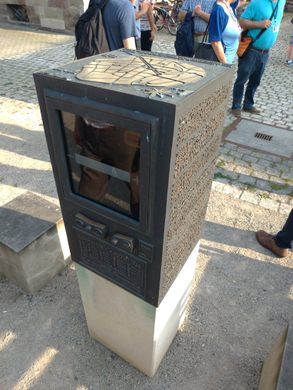
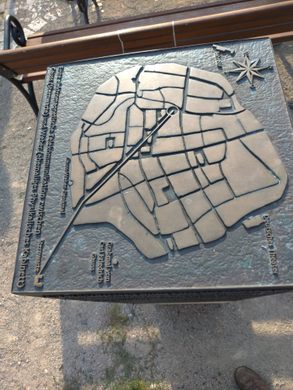
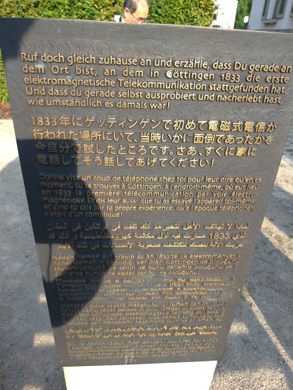
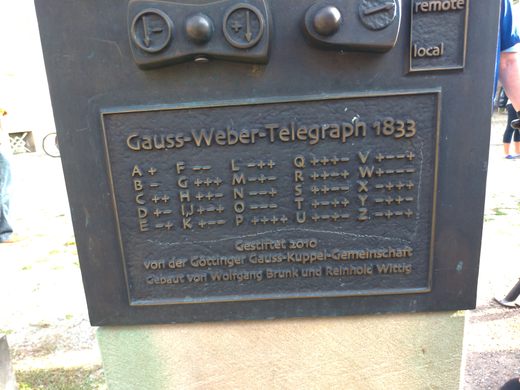
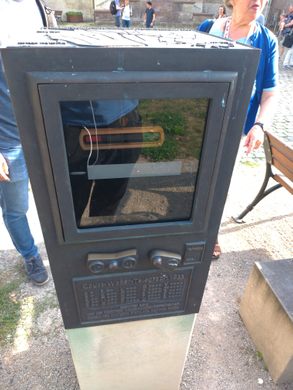




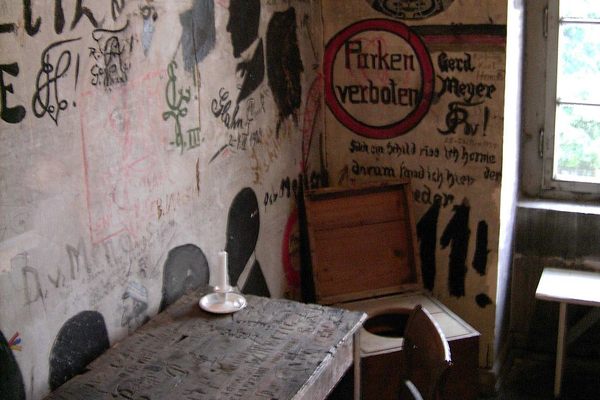

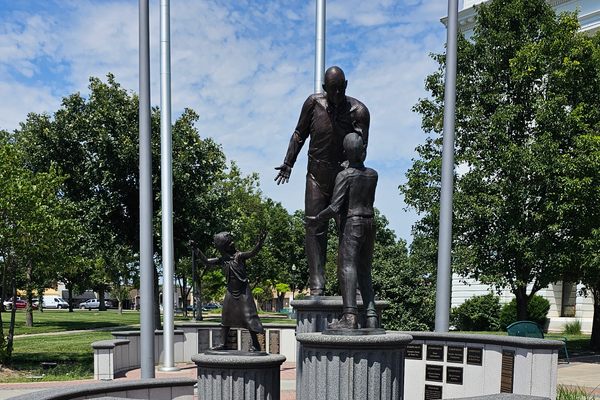




Follow us on Twitter to get the latest on the world's hidden wonders.
Like us on Facebook to get the latest on the world's hidden wonders.
Follow us on Twitter Like us on Facebook